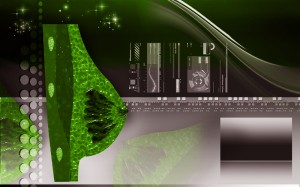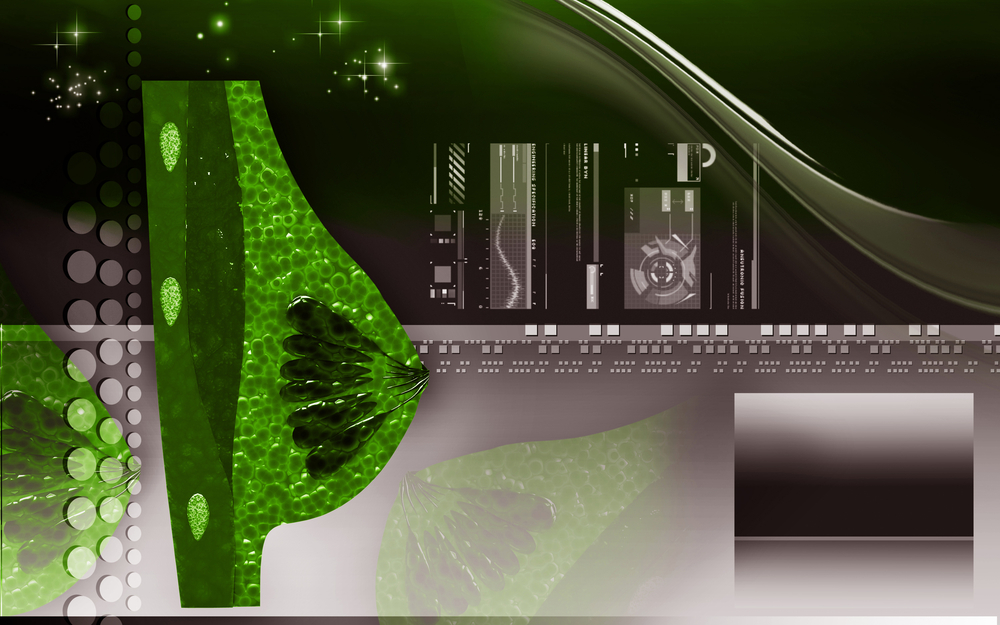 A team of scientists at the U.S. Food and Drug Administration (FDA), led by Division Director Kyle Myers, a physicist with a Ph.D. in optical sciences, are developing a line of research to study the next generation of screening and diagnostic devices.
A team of scientists at the U.S. Food and Drug Administration (FDA), led by Division Director Kyle Myers, a physicist with a Ph.D. in optical sciences, are developing a line of research to study the next generation of screening and diagnostic devices.
The regulatory work being developed by the FDA team, which also includes Aldo Badano, Ph.D., a world-renowned expert in display evaluation technology, and Brian Garra, M.D., a diagnostic radiologist doing research in regulatory science at FDA, will hopefully lead to the use of three-dimensional (3D) images to help doctors locate hidden tumors and improve cancer diagnosis.
The central focus of their research is breast cancer screening devices, which are moving from traditional two-dimensional (2D) screening to 3D breast tomosynthesis (artificially creates 3D images of the breast using 2D images), 3D ultrasound and breast computerized tomography (CT).
However, this type of technology is still very experimental and it will take years before it becomes a standard of care.
Among all of the different 3D technologies being developed, the FDA has already approved The Selenia Dimensions 3D System, which allows for 3D breast tomosynthesis images of the breast for cancer diagnosis, and the GE Healthcare SenoClaire, which combines 2D mammogram images and 3D breast tomosynthesis images.
Furthermore, 3D breast tomosynthesis is significantly more accurate than traditional mammography in locating and determining the size of breast tumors in dense breast tissue, which can result in earlier cancer detection.
“The problem of overlapping shadows has confounded breast cancer screening because mammograms don’t show cancers that are hidden by overlapping tissue. The new technologies we’re studying overcome these barriers. Clinical studies have shown that 3D breast tomosynthesis can increase the cancer detection rate, reduce the number of women sent for biopsy who don’t have cancer, or achieve some balance of these two goals of this new screening technology,” Dr. Meyers said in an FDA article.
[adrotate group=”3″]
A lot of research has also been focused on 3D ultrasound development, which can automatically scan the breast and generate 3D data that can be examined from any direction, again improving breast cancer detection and diagnosis in women who have a dense breast tissue.
Additionally, the breast CT system can create a complete 3D representation of the breast, while also being more comfortable for the patient, since unlike a mammography, the patient’s breast does not need to be compressed.
“These images will be very different from 2D mammograms. They’re truly 3D images of the breast from any orientation. You can scroll through the slices—up and down, left and right—and get a unique view of the breast like never before,”Dr. Myers added. “It gives doctors tremendous freedom in how they look at the interior of the breast and evaluate its structures. It’s almost like seeing the anatomy itself.”

